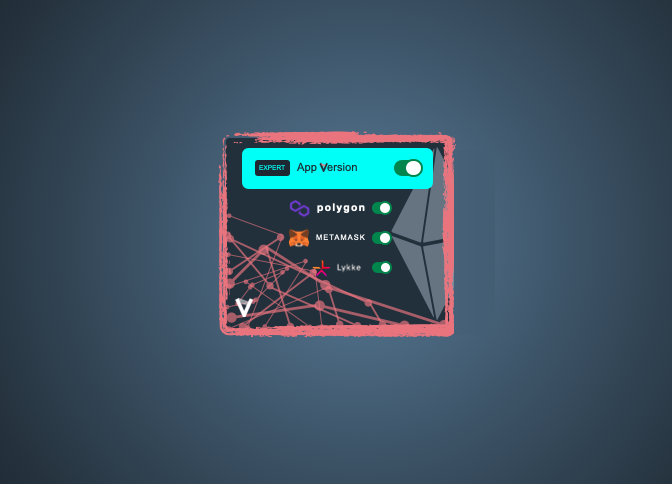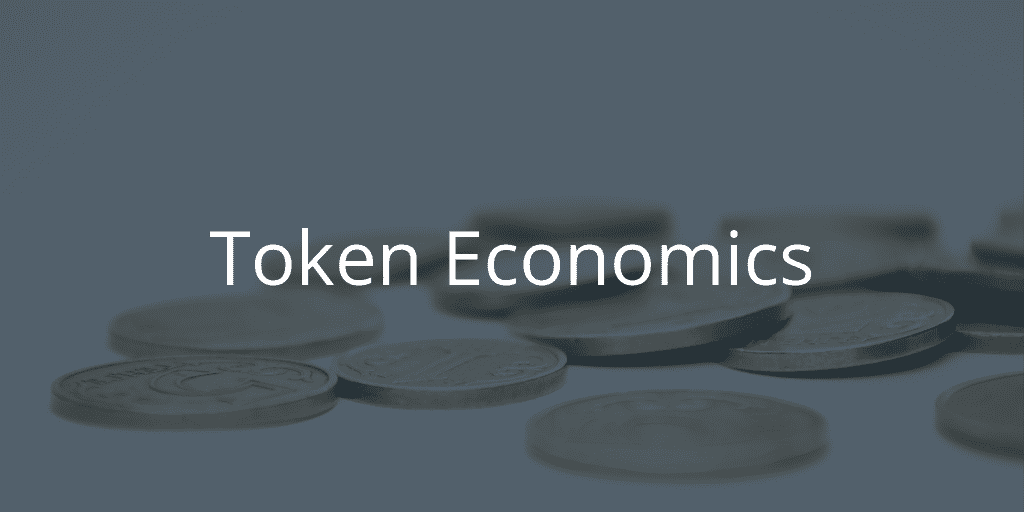Perhaps as a refresher, it might useful to remind ourselves that, as per FINMA (the Swiss financial regulator), the VETRI token “VLD” qualifies as a hybrid “Utility & Payment” token. First and foremost, it is a utility because it is the only mean by which to participate in the VETRI data marketplace and its related eID verification functionality. Secondly, it is a unit of value and payment for data consumers to remunerate data owners in exchange for providing access to, and, or sharing of, their information.
The total number of tokens in public hands and issued during the ICO totalled approximately 225 m. An equivalent number, or 50% of total outstanding tokens, is also held in various proportions between Procivis AG (9%), The VETRI Foundation (9%) and the Growth Fund (30%) it controls. No additional tokens will ever be created and therefore the total VLD supply is finite and amounts to approximately 449 m.
As a result, the theory says, the higher the number of active VETRI users and the higher the total value of the information being transacted between data owners and consumers, the higher the price of the VLD token. Technically, considerations such as the “velocity of money” also play a role but let’s leave these aside for now.
And so, practically speaking, how does this apply to VETRI, you ask? In order to intelligibly answer this question, we need to understand the markets that VETRI addresses.
VETRI’s first public release this September will come on the back of a successful pilot testing phase with STEM/MARK in the Czech market. For this pilot, 2’500 invited participants will have the opportunity to answer surveys using VETRI in lieu of STEM/MARK desktop solutions. VETRI offers STEM/MARK both the benefits of providing a slick and convenient UX to its testers and the cost savings of accessing ID verified users, a process that can prove very costly and time consuming for any player in the market research business.
According to Market Watch, the global online survey software market was valued at USD 4.1 bn in 2018 and is expected to grow at the healthy CAGR of 11.15% to reach a market size of almost USD 7 bn by 2022. Extrapolating these figures to our native Switzerland, for instance, which represents 0.8% of the global economy, and we deduct that an approximate USD 40.25 m is spent each year on online tools designed to conduct market research and other surveys. That is a staggering amount of spending that is expected to continue growing. At the same time, the cost of doing business for market researchers can be drastically reduced through VETRI.
Yet that number is dwarfed by the digital ad spend dedicated each year by product and service companies worldwide. But let us stay with our example of the Swiss market, by the way a well-known testing bed for a number of global consumer product companies such as Starbucks and Nestlé. According to the latest PWC estimates, total digital marketing spend is expected to reach USD 1.4 bn in 2019, with mobile ads growing at a CAGR of 20% to reach an estimated 50% of total spend, or about USD 700m by next year.
As previously announced in our roadmap, VETRI’s second release, due in the Q4 of this year, will include a digital marketing dimension, albeit one that is both revolutionary and disruptive. Yet VETRI is ultimately nothing more than a privacy protecting, disintermediated interface between data owners and data consumers. But because it allows users full control over their data, marketing content, should they opt-in to receive it, becomes not only curated and personalised to their individual tastes and preferences, it is also fair and rewarding: as value is no longer being wasted away on inefficiencies, fraudulent actors and other intermediaries, it can be redistributed amongst both sides of the supply and demand.
But back to our token economics and to how this all ties in with the value creation of our VLD’s. Admittedly, and if we exclude “investors” and speculators, data owners have little interest in acquiring VLD’s in the first place. Yet they have every reason to accumulate them, just as they do air miles and other loyalty points. But even more so with VLD’s since they are universally both transferable and convertible. Data consumers, on the other hands, while far fewer in numbers, can be expected to acquire proportionally very high volumes, in their efforts to participate in the VETRI marketplace or other platforms like it.
Our community of followers and investors are not the only ones who understand the value and the merits of utilizing a disintermediated interface like VETRI. In fact we are in talks with a number of leading product and service companies we hope to soon secure partnerships with, and are already in the final stages of formalising agreements with a few of them. As per our proposed terms and conditions and in order to adequately pilot test VETRI’s upcoming marketing features on an optimal scale, our commercial partners are expected to contribute both some of their own users, or customers, and a corresponding budget used to acquire VLD in the open markets.
Our goal is to reach a total number of 100,000 active users by the end of 2020, representing just a little over 1% of the Swiss population, helped by our future commercial partners but also thanks to our own marketing efforts. Our Growth Fund will be primarily used to acquire these users, though it is important to mention they will not be able to “cash in” their earnings until a certain minimum balance is reached.
And so to recap: if we assume an active user base of 100,000, a corresponding modest allocation of 0.1% of total annual mobile ad spend to VETRI (USD 700k), add to that the proportionate funding that goes into market research and surveys each and every year (USD 400k), all things being equal, it is not difficult to see how incremental demand in a market even as small as Switzerland can quickly drive up prices.
Of course, our long-term ambitions are not limited to our Swiss borders. But our best laid-out plans would not come into fruition if we did not provide for market efficiency. To that effect, we are pleased to announce that as of second half of August, The VETRI Foundation will be mandating the services of an accredited market maker to facilitate the anticipated increasing transaction volumes going forward.




